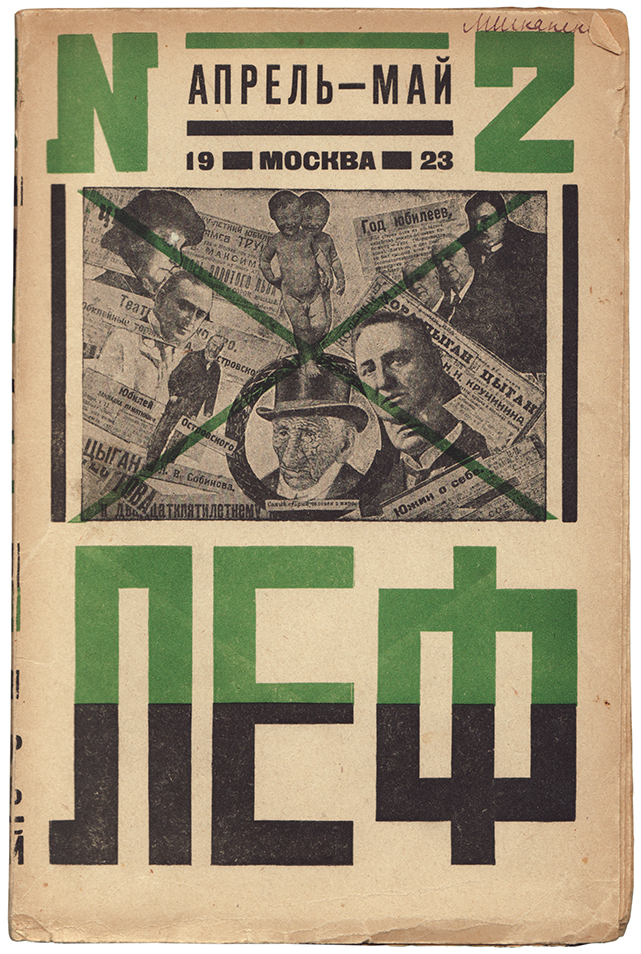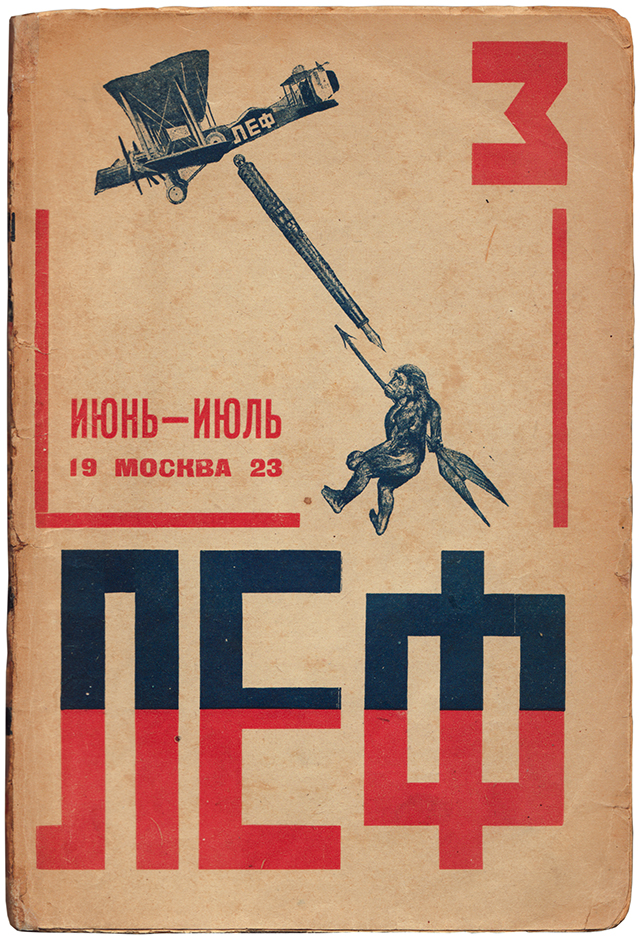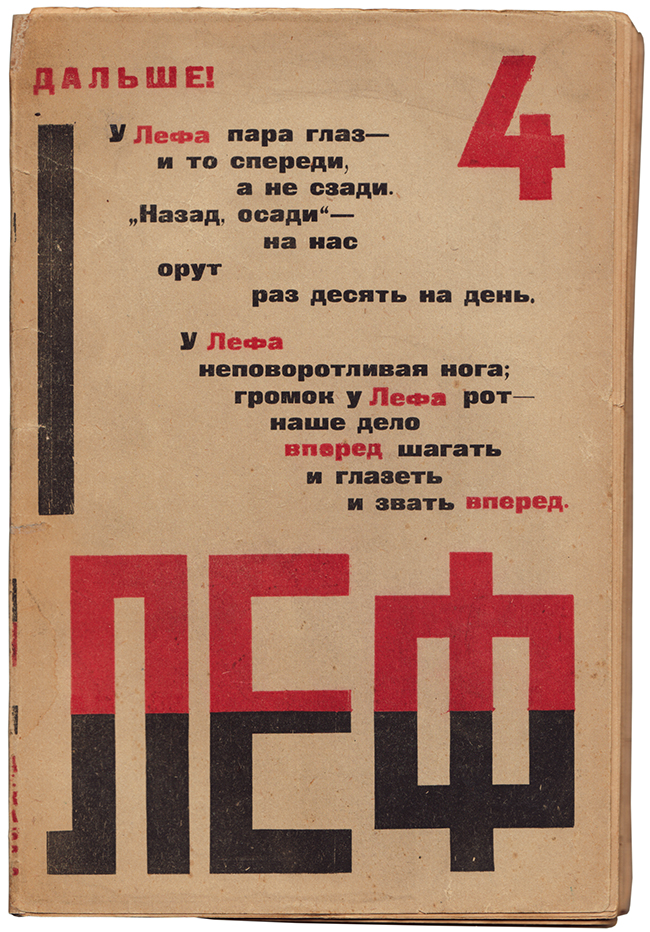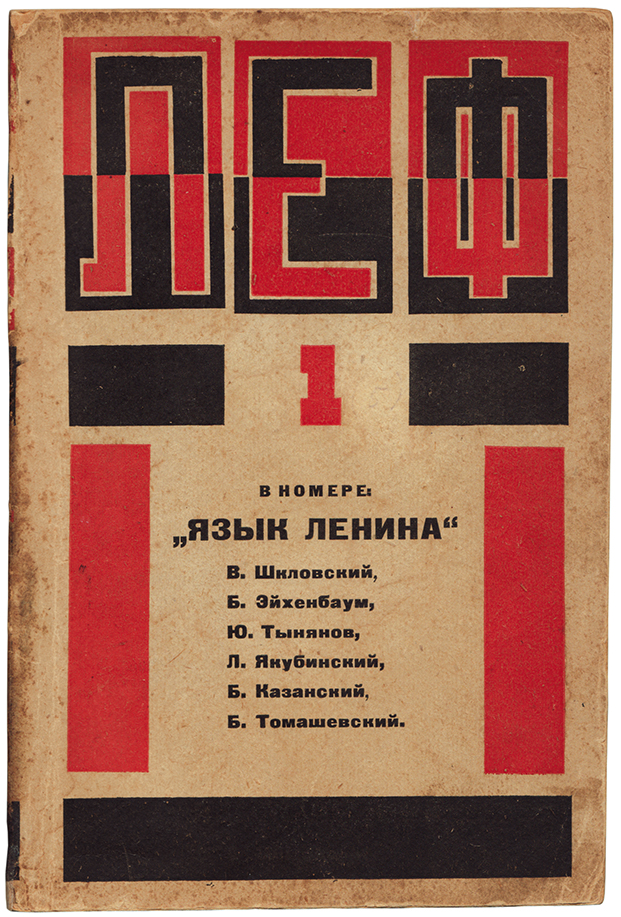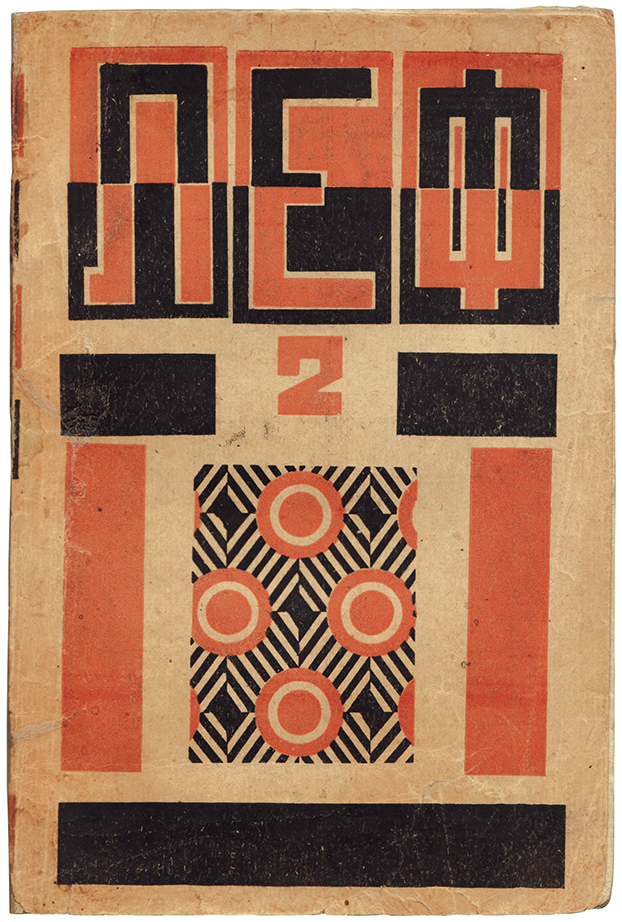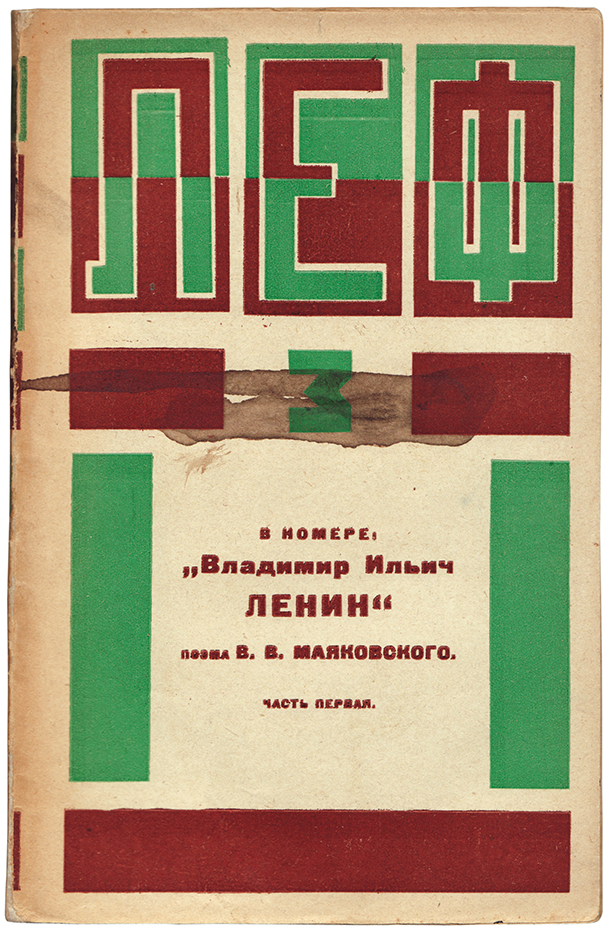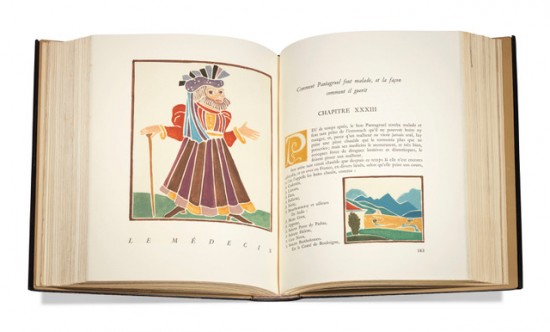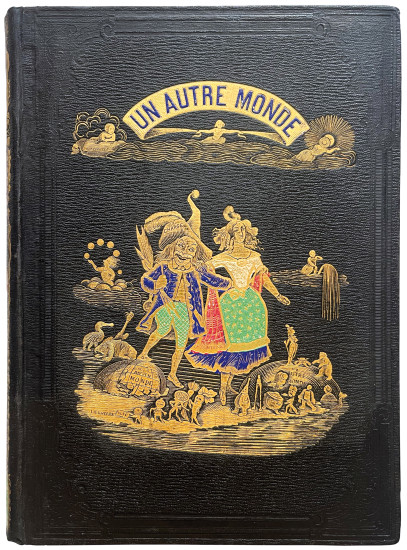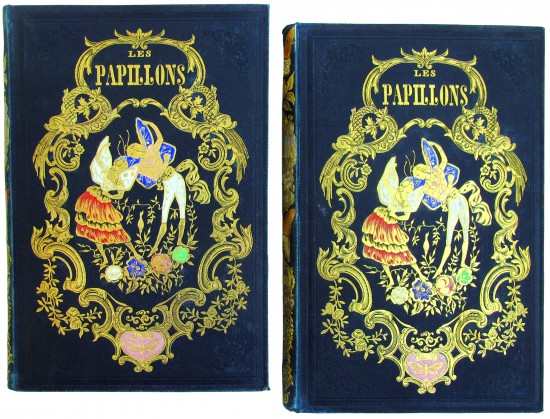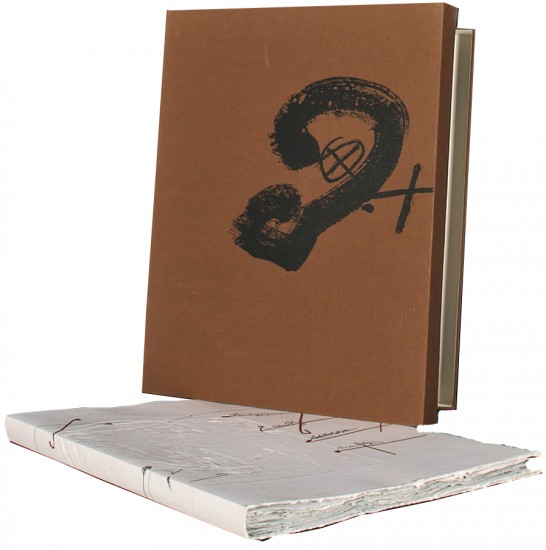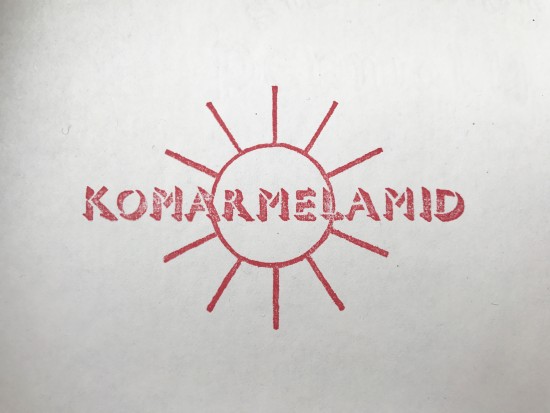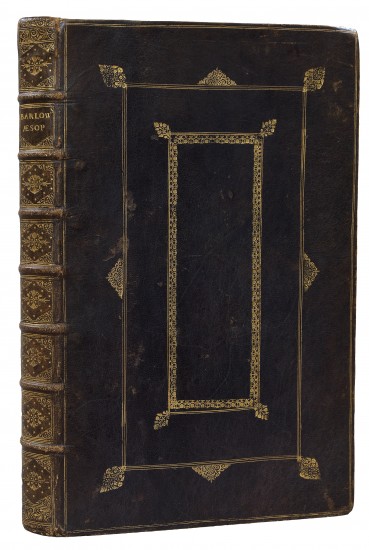LEF. Zhurnal Levogo Fronta Iskusstv. (LEF. Journal of the Left Front of the Arts). Nos. 1 - 7. (All Published)
Lef. Mayakovsky, Vladimir & Osip Brik. (Eds.)
Moscow / Leningrad. Gosudarstvennoe Izdatel'stvo. 1923–1925
Sold
The scarce complete series of the Russian Constructivist periodical LEF.
Edited by Vladimir Mayakovsky and Osip Brik, LEF was founded with the objective of a re-examination of 'the ideology and practises of so-called leftist art' by various Futurists and Formalists in the early 1920s and Mayakovsky saw the movement and the periodical as 'encompassing [of] the social theme by all the instruments of Futurism'. LEF features extensive contributions from those avant-garde artists and writers, photographers, designers and critics included, who remained in Russia after the Revolution.
Alexandr Rodchenko was commissioned to design the wrappers for the periodical, but his contribution did not stop there and the issues include a number of photomontage constructions; he and his wife, Varvara Stepanova, together with Liubov Popova, were the most important artistic contributors. The artistic tone, however, was orientated rather more towards the mechanical, the technological and the scientific than towards more traditional forms and this tone is reflected in the content: reportage, the documentary and industrial design replaced the aesthetic. Literary contributors included the editors, Mayakovsky and Brik, as well as Alexei Kruchenykh, Velimir Khlebnikov, Boris Pasternak, Nikolai Aseev, Sergei Eisenstein, Sergei Tretiakov, Isaac Babel and many others and LEF is notable for the first appearance of Babel's 'Red Cavalry', Eisenstein's 'Montage of Attractions' and Mayakovsky's famous elegy for Lenin.
'The LEF is a group of individuals who would be described by any but themselves as artists, literary, dramatic, pictorial, critical, cinematographic. Their spirit is rational, materialistic; their program aggresively utilitarian. They despise the word aesthetic, and shun the bohemian implications of the word 'artistic'. For them, theoretically, romantic individualism is abhorrent. They are communists.' (Alfred Barr writing in Transition, No. 14, 1928).
[Rowell & Wye 500].
Edited by Vladimir Mayakovsky and Osip Brik, LEF was founded with the objective of a re-examination of 'the ideology and practises of so-called leftist art' by various Futurists and Formalists in the early 1920s and Mayakovsky saw the movement and the periodical as 'encompassing [of] the social theme by all the instruments of Futurism'. LEF features extensive contributions from those avant-garde artists and writers, photographers, designers and critics included, who remained in Russia after the Revolution.
Alexandr Rodchenko was commissioned to design the wrappers for the periodical, but his contribution did not stop there and the issues include a number of photomontage constructions; he and his wife, Varvara Stepanova, together with Liubov Popova, were the most important artistic contributors. The artistic tone, however, was orientated rather more towards the mechanical, the technological and the scientific than towards more traditional forms and this tone is reflected in the content: reportage, the documentary and industrial design replaced the aesthetic. Literary contributors included the editors, Mayakovsky and Brik, as well as Alexei Kruchenykh, Velimir Khlebnikov, Boris Pasternak, Nikolai Aseev, Sergei Eisenstein, Sergei Tretiakov, Isaac Babel and many others and LEF is notable for the first appearance of Babel's 'Red Cavalry', Eisenstein's 'Montage of Attractions' and Mayakovsky's famous elegy for Lenin.
'The LEF is a group of individuals who would be described by any but themselves as artists, literary, dramatic, pictorial, critical, cinematographic. Their spirit is rational, materialistic; their program aggresively utilitarian. They despise the word aesthetic, and shun the bohemian implications of the word 'artistic'. For them, theoretically, romantic individualism is abhorrent. They are communists.' (Alfred Barr writing in Transition, No. 14, 1928).
[Rowell & Wye 500].
7 vols. Small folio. (230 x 152 mm). Profusely illustrated throughout with typographic constructions, photomontages and monochrome illustrations. Original publisher's colour printed wrappers with typography and design by Rodchenko.
#46139

